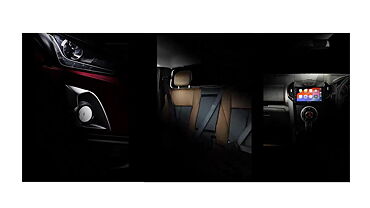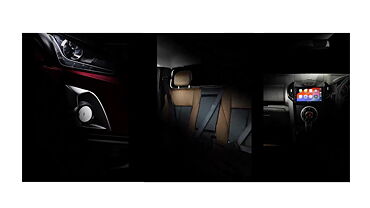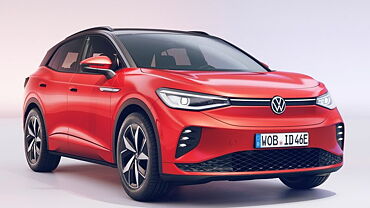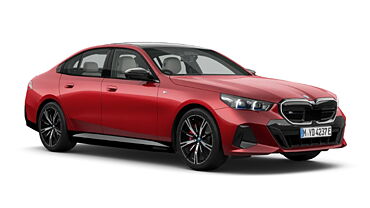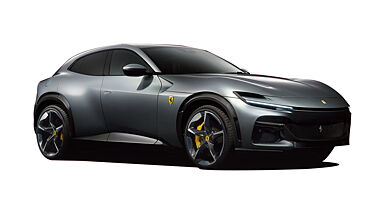The auto industry is being dominated by a few carmakers that stand apart from years and decades proving their involvement everywhere around the globe. It is a fact that about 10 global automakers are responsible for over 77% of the production worldwide and 13 automakers make for about more than 90% of total vehicles sold in the U.S.
In the early phases of the year 2011 and specifically first 7 months of 2011 suggests that the all-time topper General Motors Company (GM - Analyst Report) led with a 20% market share in the U.S, followed by Ford Motor Co. (FMC - Analyst Report) with a 16.9% market share, Toyota Motors Corp. (TMC - Analyst Report) with a 12.8% market share, Chrysler-Fiat with a 10.2% market share, replacing Honda Motor Co. (HMC - Analyst Report) and Nissan Motor Co. (NSANY - Analyst Report) at the last spots with 9.3% and 8.0% market shares, respectively.
The global economic meltdown in 2008 led to a drastic transformation in the overall outlook of the auto industry, while giving way to strengthen the stage for growth over the next decade. On account of entries into the industry not being bed of roses and the need for scale economies (in operations, supply chain and marketing), the global auto industry is definitely expected to be taken over by the biggest auto powers of the markets in terms of production and supply i.e. China, India, Japan, Korea, Western Europe and the U.S.
While such a trend in the industry keep showing its face, to remain competitive, automakers have to pull up their socks and satisfy every miniscule consumer need regardless of the fruits it would bear. Automakers will have to focus on producing more buyer-centric and low-cost vehicles that are steeped with modern technologies and equipments.
The automakers will need to consistently shift their production facilities from high-cost regions such as North America and the European Union to lower-cost regions such as China, India and South America. For example, China and South America together are figured to represent a cumulative outcome of more than 50% of growth in global light vehicle production in the auto industry from 2008 to 2015.
The shift of locations for the Auto industry is the effect of two primary factors. The first is the cost factor. The cost of labour in emerging auto markets is still nothing against that of the developed world. The second is the demand factor. Many low-cost regions, including the emerging auto markets, have high potential for growth. Thus, the shift in auto industry production facilities will aid in the manufacturing base being localised, that will ultimately bring down the transportation costs.
The emerging trend of trading blocs keeps on instigating the above mentioned system into the industry. Further, automakers have started to reduce the quantity of technological platforms with a greater variety of models now being produced from each platform in order to set a cost that calls for competition in the business.




